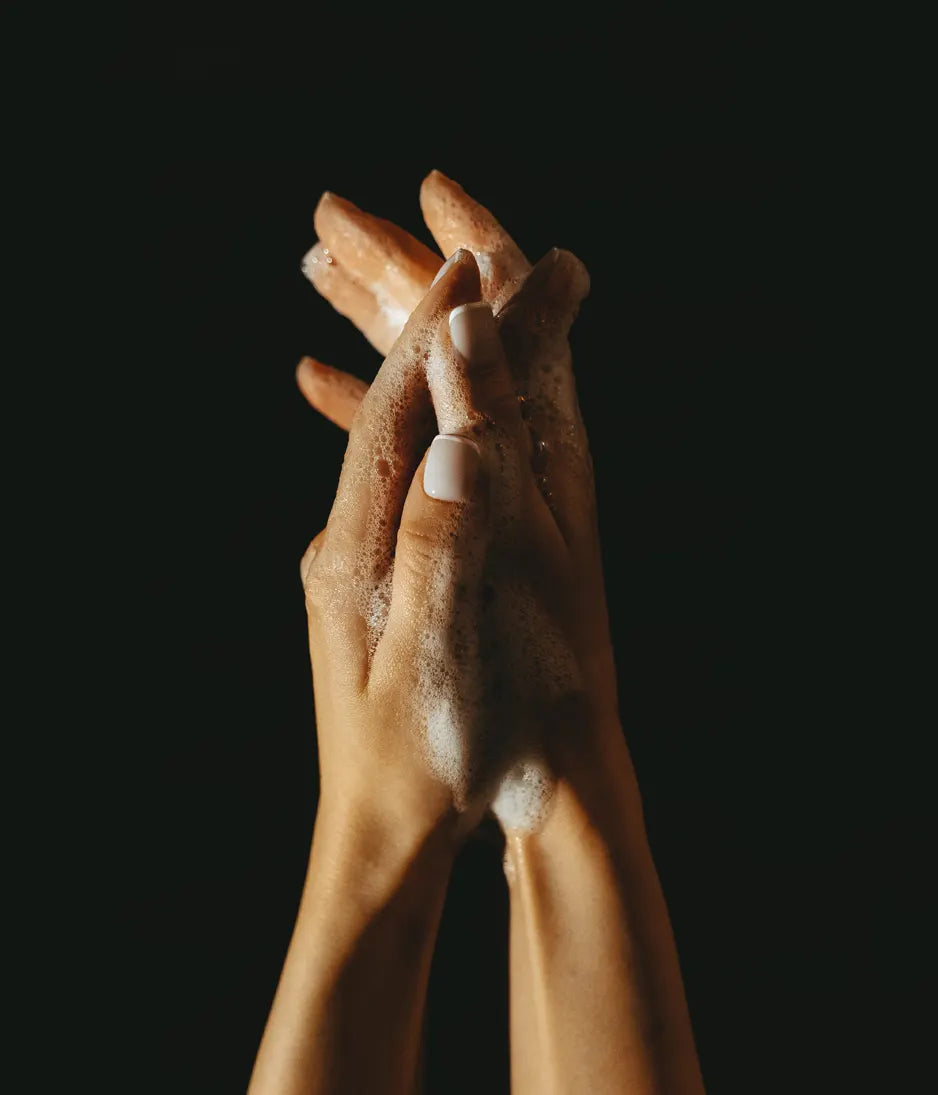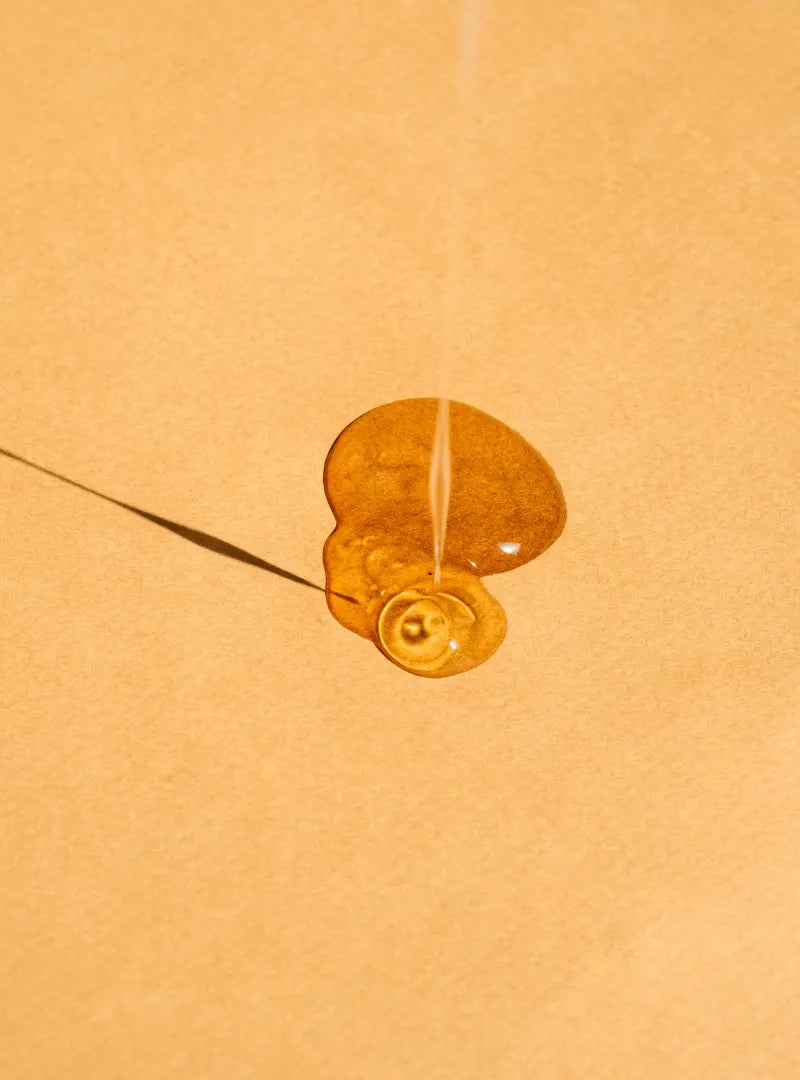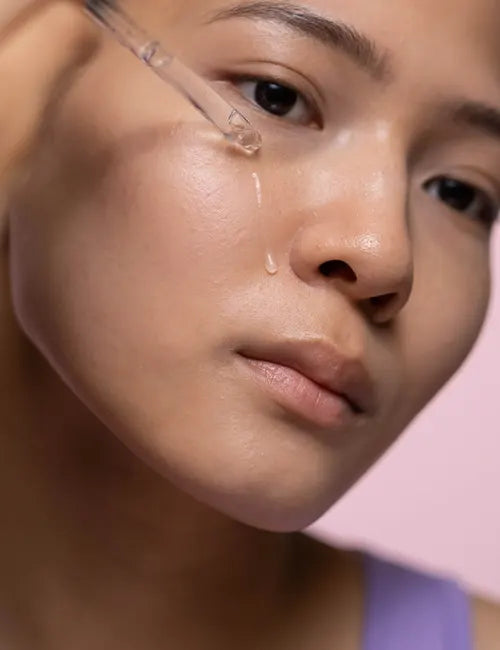Che cosa è la mucina
Le mucine, o muco, sono una famiglia di proteine altamente glicosilate che vari animali secernono per l'adesione, l'idratazione e la lubrificazione.
La glicosilazione è il processo di legame covalente di uno zucchero carboidrato (donatore) a un gruppo idrossilico o altro gruppo funzionale di lipidi, proteine o qualsiasi altra molecola organica (accettore) attraverso una reazione enzimatica (mediante glicosiltransferasi).
Un ingrediente antico
Il fascino per il muco lasciato da lumache e limacce risale all'antica Grecia. Apprezzavano il muco per le sue proprietà nel ridurre l'infiammazione e i segni visibili dell'invecchiamento.
Composizione chimica completa della bava di lumaca
La bava di lumaca è ricca di una varietà di composti bioattivi che contribuiscono alla sua efficacia nella cura della pelle:
- Glicoproteine: queste proteine svolgono un ruolo fondamentale nell'aumento della produzione di collagene e nel potenziamento dei naturali processi di guarigione della pelle.
- Acido ialuronico: noto per le sue intense proprietà di ritenzione idrica, aiuta a mantenere la pelle idratata e tonica.
- Acido glicolico: questo alfa-idrossiacido (AHA) favorisce l'esfoliazione, rimuovendo le cellule morte della pelle e rivelando un aspetto più luminoso e giovane.
- Elastina: contribuisce all'elasticità della pelle, aiutandola ad apparire più tonica e giovane.
- Proteine e peptidi: essenziali per mantenere l'integrità della barriera cutanea e migliorare la consistenza della pelle.
- Peptidi antimicrobici: offrono protezione contro batteri e altri agenti patogeni, riducendo potenzialmente l'acne e le infezioni della pelle.
- Enzimi: aiutano a scomporre le cellule morte della pelle e ne favoriscono il rinnovamento.
Processi di estrazione della mucina non etici e preoccupazioni etiche
Il metodo convenzionale per raccogliere la mucina di lumaca prevede di collocare le lumache in ambienti che causano stress per stimolare la secrezione di mucina. Questo spesso comporta l'esposizione delle lumache al sale o ad altre sostanze chimiche, irritandole e inducendole a secernere mucina come meccanismo di difesa .
Un altro metodo prevede l'applicazione di stimolazione elettrica. La tensione viene spesso applicata a intervalli brevi e non supera mai i 1000 volt. Ciò induce stress nelle lumache che richiedono di essere nutrite e idratate prima della successiva estrazione.
Rompendo il guscio di una lumaca, il suo corpo molle viene indotto a produrre più muco.
Non importa quale metodo venga utilizzato per estrarre il muco dalle lumache: ogni metodo è ugualmente crudele, solo in nome della bellezza .
Tali pratiche sollevano non solo preoccupazioni etiche in merito al benessere degli animali, ma sollevano anche interrogativi sulla sostenibilità e sull'umanità dell'uso della bava di lumaca nei prodotti medici o cosmetici.
Alternative cruelty-free alla bava di lumaca
L'estrazione della mucina di lumaca comporta condizioni che possono causare stress e danni alle lumache, come fattori di stress ambientali o stimolazione meccanica per incoraggiare la produzione di mucina. Questa pratica solleva preoccupazioni etiche in merito al benessere degli animali.
Date le implicazioni etiche, c'è una crescente domanda di alternative cruelty-free che offrano benefici simili senza danneggiare gli animali:
- Acido ialuronico: ricavato dalla fermentazione di piante come il grano e la soia, l'acido ialuronico rispecchia le proprietà idratanti della bava di lumaca.
- Aloe Vera: questo estratto vegetale è rinomato per le sue proprietà lenitive e curative, che lo rendono un perfetto sostituto degli effetti riparatori della bava di lumaca.
- Peptidi vegetali: offrendo benefici simili alle glicoproteine presenti nella bava di lumaca, i peptidi vegetali contribuiscono al ringiovanimento della pelle e alla stimolazione del collagene.
I pericoli dei prodotti contraffatti a base di bava di lumaca
Con l'aumento di popolarità della bava di lumaca, il mercato ha assistito a un afflusso di prodotti contraffatti. Questi prodotti contengono spesso forme impure o diluite di bava di lumaca, che potrebbero non fornire i benefici desiderati per la cura della pelle e potrebbero potenzialmente causare reazioni avverse. I consumatori dovrebbero essere vigili e cercare prodotti da fonti affidabili che forniscano informazioni chiare e oneste sui loro ingredienti.
Sebbene la bava di lumaca abbia dimostrato di avere benefici per la cura della pelle, le questioni etiche che circondano la sua estrazione non possono essere ignorate. I consumatori che danno priorità al benessere degli animali e alla sostenibilità ambientale si stanno sempre più rivolgendo ad alternative vegetali che offrono benefici simili senza compromettere gli standard etici. Man mano che la consapevolezza continua a crescere, è probabile che il passaggio ad alternative cruelty-free acquisisca ulteriore slancio, incoraggiando più marchi a investire nell'approvvigionamento etico degli ingredienti e nello sviluppo dei prodotti.
Riferimenti
- "Glicosilazione." *ScienceDirect*, www.sciencedirect.com/topics/chemistry/glycosylation#:~:text=Glycosylation%20is%20the%20process%20of,(by%20glycosyl%2Dtransferases) .
- McDermott, Maxwell et al. "Progresso nella scoperta della funzione e dell'applicazione delle mucine di lumaca". *Frontiers in Bioengineering and Biotechnology*, vol. 9, 11 ottobre 2021, doi:10.3389/fbioe.2021.734023. www.ncbi.nlm.nih.gov/pmc/articles/PMC8542881/
- Cerullo, AR, McDermott, MB, Pepi, LE, et al. "Analisi mucocomica comparativa di tre secrezioni di Cornu Aspersum funzionalmente distinte". *Nature Communications*, vol. 14, 5361, 2023, doi:10.1038/s41467-023-41094-z.





